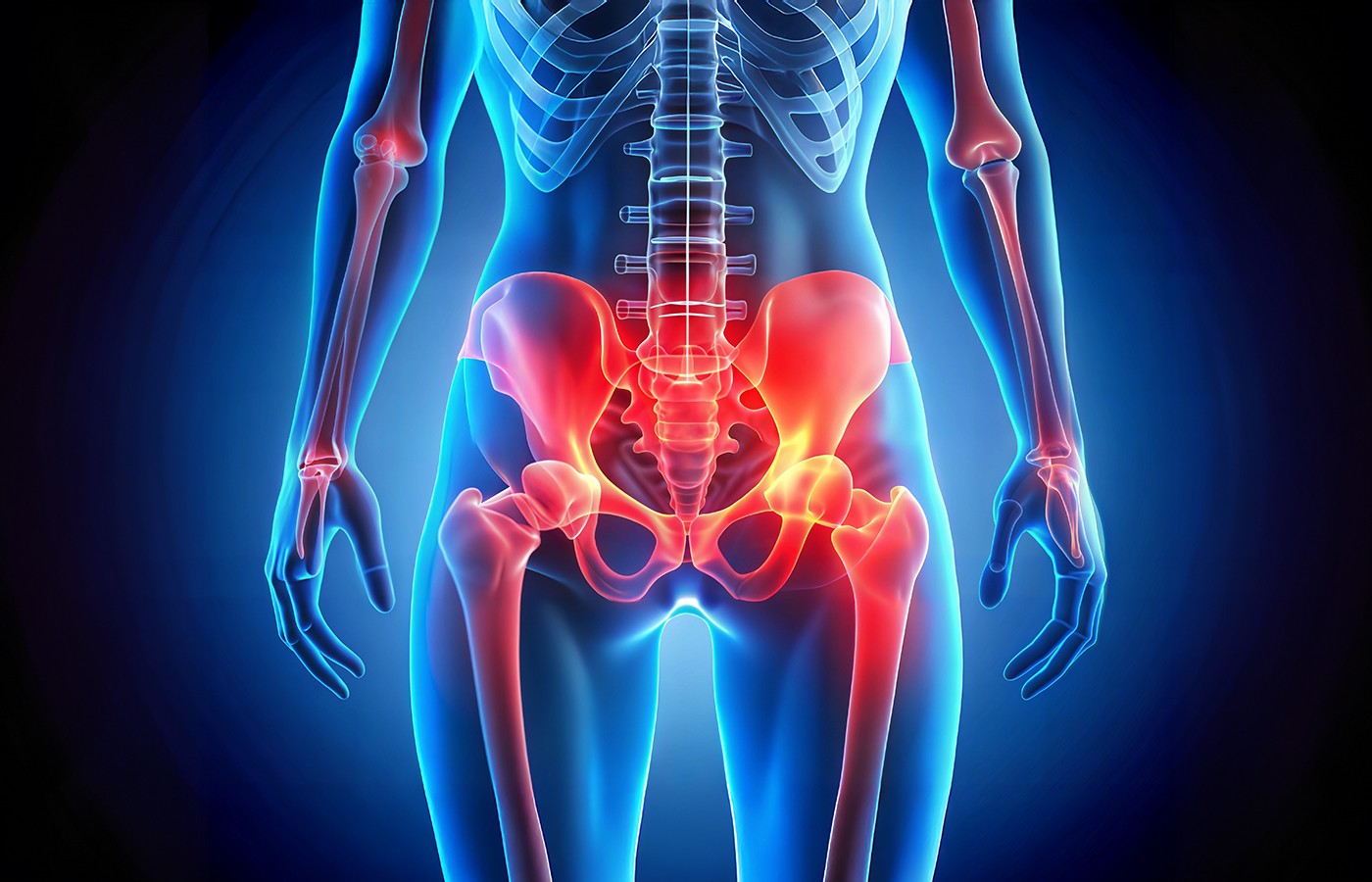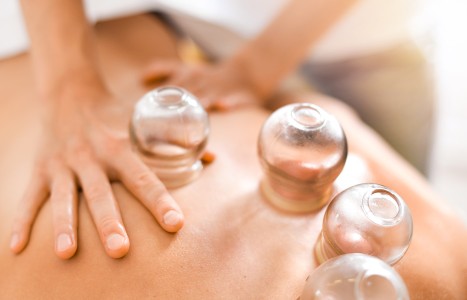Whether you accept it, avoid it or live somewhere in between, insurance coverage has become a defining issue for our profession. Patients increasingly expect to use their benefits, practitioners want to be compensated fairly for their time and expertise, and the system itself remains – at best – fragmented. The encouraging news is that coverage has expanded in meaningful ways. The challenging news is that reimbursement, across the board, remains inadequate.
The Spirit of Water and the Pelvis
- The nature of working with points in the spirit realm involves the utilization of a point to connect with the spirit of the client.
- The very energy of water itself holds depth; thus, KI 11 can be particularly beneficial if the client is holding deep emotions related to trauma they may have experienced physically or energetically.
- Cheng Fu is located on the centers of the bilateral gluteal creases. This point awakens the bladder meridian energy, or the yang of the water element, offering a contained flow of fluid and qi.
Water is the very essence of the human being. It is the basis of conscious existence within the corporeal. It is life. The connection between the water element and the pelvis may seem easier to grasp than the other elements because in Western medicine, the pelvis houses both the kidneys and the bladder. The pelvis has a tangible correlation with water in filtration, collection and excretion. Let’s explore the spiritual nature of water in the pelvis and how, as acupuncturists, we can utilize the spirit to serve our pelvic health clients.
Conceptually, the use of the Spirit of the Points comes from the tradition of five-element acupuncture, which uses the points in ethereal, rather than Earthly practices. The nature of working with points in the spirit realm involves the utilization of a point to connect with the spirit of the client. This activates the spirit or source within one’s physical, tangible experience, and aligns them with their tao.
Each point on the body carries its own spiritual meaning, which is related to both the nature of the meridian and the element. These meanings have been passed down through oral tradition and in the translation of the Pin Yin point names.
Water in Nature & the Body
Let us look at water in nature. Water is vast, deep, mysterious and reflective. Water can produce substantial force in excess, such as during a tsunami; or it can be remarkable in its absence, such as in climates like deserts. Just as in nature, the body, mind and spirit can be prone to excesses that overflow, as well as deficiencies and drought. One’s constitution may align with the lens of water in a way that allows us, as practitioners, to target water as a method of treating the source of one’s dysfunction.
The bladder holds the reservoir of water and distributes this essential product throughout the whole of the body kingdom. The emotional implication of having “no reserves” can elicit fear, depletion and distrust within the system. In contrast, an overflow can flood the system, watering down the essence, holding nothing and becoming reckless.
The bladder functions optimally on a spirit level when its distribution to each agent in the body kingdom is precise and of high quality, with some reserve contained. This evokes a sense of both flow and containment. As its virtue, the water element promotes trust and deep reflection; as qi in the bladder transforms the internal tempo, the body learns to lean into life and go with the flow.
The kidneys regulate the purity and quality of fluids in the body. The body prefers substances of high quality in order to function optimally. This is true of all body systems; however, in the case of the kidneys and the pelvis, this is particularly important for reproduction and fertility.
Blood, body, fluids, water and jing are all regulated in quality by the kidneys. When turbulent energy, food, air or emotions are put into the system, the kidneys become overworked, and the body exhausted. When the body is fed with pure, nourishing, high-frequency energies, the kidneys have less to do because expenditure is reduced.
A Case Study
Through the lens of water, let us look at a client who was seen three months postpartum for pelvic floor treatments. The client presented with urinary frequency, incontinence and low libido. She had a vaginal delivery and this was her first child. She had two miscarriages prior to the birth.
She was the primary caregiver for the baby, as her partner worked long hours to provide for them. She felt little external support and subsequently felt exhausted.
We treated kidney yin deficiency and the pelvic floor. Some progress with her physical symptoms was made; however, every day, she continued to feel as if she was drowning. To move the needle for this client, a lot of spirit work was required. Once the spirit of water was restored and harmonized, the client had the greatest improvement; not only in her symptoms, but also in the way that she experienced life.
Here are some of the water spirit points I used on the pelvis in this case and the reasons for choosing these points:
Conception Vessel 5 (Shi Men; Stone Gate): Shi Men is located 3 cun above the pubic symphysis (CV 5). This point is a primary center of energy, and one of the most common places energy can become blocked, especially related to the pelvis, reproduction and sexuality.
When Stone Gate opens and closes freely, it promotes warmth, vitality and qi passing through the channel. CV 5 can support and restore the flow of energy above and below, which extends beyond the meridian and into the earth and spirit.
Kidney 11 (Heng Gu; Pubic or Transverse Bone): This point is located 5 cun below the umbilicus and .5 cun lateral to the midline upon the pubic bone. Heng Gu holds the energy of the kidneys, which energetically filter impurities and distribute fluids. It also provides the structure for deep containment.
The very energy of water itself holds depth; thus, KI 11 can be particularly beneficial if the client is holding deep emotions related to trauma they may have experienced physically or energetically. It will move the impurities and disperse the emotions so deep healing can occur.
Governing Vessel 5 (Xuan Shu; Suspended Pivot): Located on the midline of the back, just below the spinous process of the first lumbar vertebra, this point contains the energy of the governing vessel – upward strength and support – while also carrying its own unique energy given by its name, Suspended Pivot, which means to create time and space for changes in direction. This point provides inner strength to help one pivot through life’s changes.
Bladder 52 (47) (Zhi Shi; Ambition Room): This point is located 3 cun lateral to the spinous process of the second lumbar vertebrae at the level of the kidney shu. This point carries the bladder energy and the energy of the zhi or the will. This point provides one with the will to move forward. BL 52 offers both ambition and will from within that are contained in the sacredness of yang energy.
Bladder 36 (50 in 5E) (Cheng Fu; Receive and Support): Cheng Fu is located on the centers of the bilateral gluteal creases. This point awakens the bladder meridian energy, or the yang of the water element, offering a contained flow of fluid and qi.
As its name, Receive and Support, suggests, this point serves to bring one into a receiving mode, where they are able to call in what they need and desire, as well as draw on the supports and reinforcements that are available internally and externally. This point is useful on the spirit level when a client presents with feelings of isolation, stagnancy and helplessness. BL 36 provides an infusion of outward energy that helps the client to receive the support around them and contain their emotions without concealing them.
Discussion / Key Takeaway
In the case of this client, we worked through her spiritual emotional state in the present moment and used these acupuncture points to meet her where she was, which provided her with the type of energy her spirit was craving, but that she could not access through the physical body alone. After completing a series of treatments, the spirit of water within her was awakened, which helped her to come to the surface, gain perspective and find her inner power.
The Spirits of the Points describe their essence and how they were interpreted thousands of years ago. Working with the delicate nature of the pelvis and related pelvic health issues lends itself to working with the story of the body and the client. Tapping into the spirits can expand our connection to clients as we support them in healing the pelvis.



